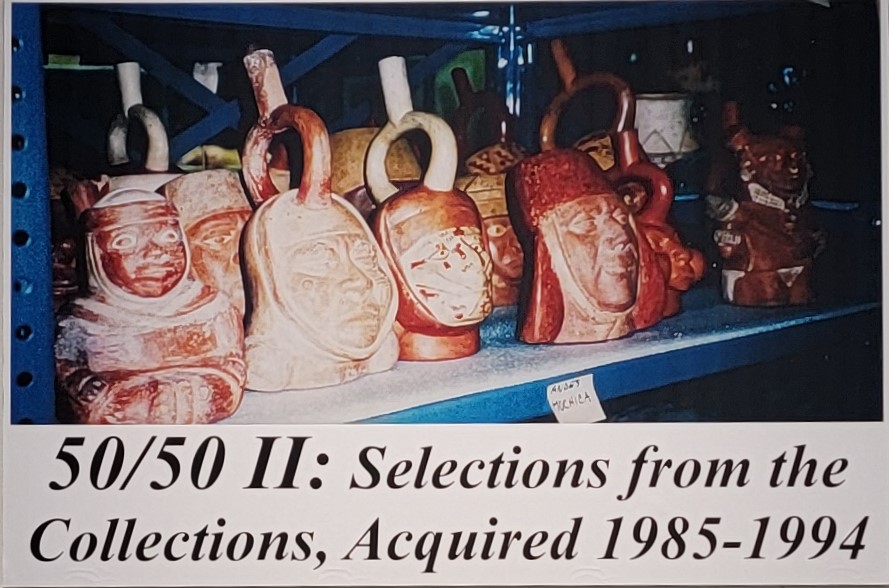
With Support From Phillips Forest Products & Southwest Solutions
This year marks the Museum of the Red River’s fiftieth anniversary. To celebrate this milestone, staff members have planned five exhibits for 2025- each focusing on a particular decade of the Museum’s existence. For each, fifty objects have been selected to illustrate a cross section of the Museum’s holdings for the respective period, and to commemorate the facility’s fifty years of service. The current exhibit highlights the second ten years, 1985 – 1994.
Though it opened in 1975, the Musuem of the Red River was established by the Herron Research Foundation in 1974 and began accessioning collections that year. The grand opening in April of 1975 was undoubtedly a proud moment for Museum founders Quintus and Mary Herron, who had long planned to establish a facility to curate and display regional archaeological materials, which in the past had been excavated and removed to repositories outside of the area. As Mary Herron once explained, “area residents were losing the opportunity to learn about the rich heritage of their region.” Because of this, the Museum sponsored field schools, published site reports detailing the findings of these excavations, and provided archaeological services under contract to various governmental agencies. Collections were primarily archaeological, and exhibits reflected this, highlighting field projects, recovered artifacts, and the stories they told.
During the mid-1980s, the Museum entered a new era, as Director and field archaeologist Greg Perino retired, and Mary Herron became Director. The Museum ceased archaeological field operations, and all materials recovered under government auspices began to be returned to the respective agencies. Museum leadership focused on strengthening existing collections, acquiring new materials, increasing programming opportunities, and marshalling resources for future projects. While exhibits of the period continued to feature regional archaeology, displays increasingly showcased other cultures of North, Central, and South America from prehistoric to contemporary times. Collections continued to grow- in particular, holdings of historic Southeastern materials, historic to modern Southwestern ceramics, and Precolumbian materials from Middle and South America were enhanced. The Museum also began to make use of funds set aside for select purchases of items that filled in voids in the collections.
The objects in this exhibit were selected for their importance- to the history of the Museum, the people and cultures they represent, and to the general study of art and archaeology. Obtained from 1985 – 1994, (a period that saw over 1500 objects added to the collections), these examples were also chosen to showcase the growth of collecting focus for the Museum; and they stand as testament to the Museum’s commitment to serve the community, and the world.
